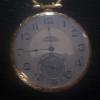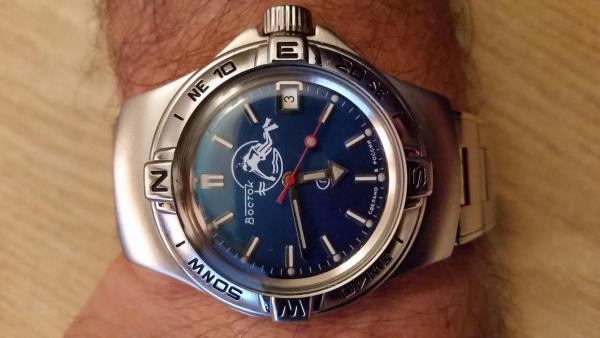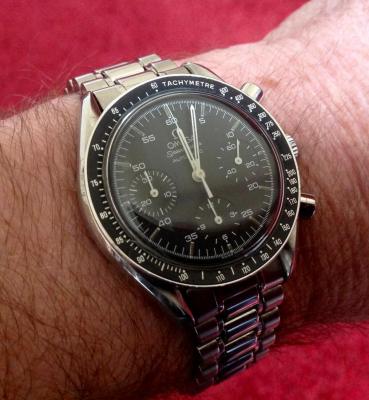Leaderboard
Popular Content
Showing content with the highest reputation on 09/23/16 in all areas
-
Ask a lubrication related question and you will get as many different answers as you do responses. However, here is my take on it. Consider the amount of movement and the forces involved at the pallet fork pivot compared to elsewhere in the watch, and weigh up the pro's and con's for leaving it dry. The torque at the pallet fork pivot is probably less than anywhere else in the movement, and the angle of rotation of the pivot in the jewel is something like 5 to 10 degrees. As a result the rate of wear through friction at this point is minimal and so any advantage (from a friction wear perspective) of oiling the pivot is also minimal. On the other hand, because the torque is so small at this point, the effect of drag on the pivot caused by the viscosity of the oil becomes significant, sapping the energy that should be being transferred from the escape wheel to the balance wheel and robbing you of balance amplitude, with a corresponding drop in consistency of rate. So put simply, if you oil it it may last a little longer but the watch won't keep very good time, if you leave it dry it may not last as long but the watch will perform better. I have heard of watchmakers who compromise by merely wiping the pivot with oil so as to leave the thinnest of films on it before installing it. I don't know of any research into the benefits / pitfalls of this approach. Other opinions may differ5 points
-
4 points
-
@GeorgeClarkson A while ago I opened a thread "Genuine "Leather" watch straps". I plan to continue as soon as I get to it. I did build already a stitching pony, which I will explain in the thread. I ordered already needles, pricking irons, awls, various colors of waxed stitching thread and other small stuff required. You don't need a lot to get started. The Nato strap turned out reasonable good, being my first object, but I like to improve on the saddle-stitch. I also made a few key-pouches like the ones on the picture and they turned out fine..... for a beginner that is. It's a skill and it takes time to perfect.... like with everything else If you are interested to learn about leather craft, I can highly recommend you to visit the YouTube channels of these two "top-notch" craftsmen: Armitage Leather : https://www.youtube.com/c/nigelarmitage/videos Ian Atkinson: https://www.youtube.com/user/satansbarber/videos I can only say that it is a very fulfilling hobby3 points
-
And a very nice friend she is too Crisp Clear and Colourful Past few days been wearing this 70's throw back > I rarely endevour to repair quartz watches but this was presumed dead and sold off very cheap. Luckily i checked the basics, removed and cleaned contacts, checked battery, fitted new battery, and.....tada. Photos don't really show it but the watch is immaculate2 points
-
2 points
-
Whether you use water or oil to quench the piece depends on a lot of different factors, including the mass and shape (the heavier the item the more heat it can hold, long thin things warp more easily) of the piece to be quenched, and the way in which it is to be introduced into the quenching medium. In an ideal world the piece will be cooled at the same (rapid) rate simultaneously over its entire bulk, so as to avoid variations in hardness, and warping. Every now and again I indulge in the practice of knife making from stock such as old files, suspension leaf springs etc; material that needs to be annealed to work, and then hardened and tempered for use. The quenching medium of choice is always oil and this is predominantly to avoid warping. The problems with water are it's comparatively low boiling point, and the fact that steam is a relatively good insulator. I use a deep steel jug with a relatively small open surface as my quenching vessel which means that the blade has to be introduced vertically into the oil. If I were to use water then the tip of the blade would enter cold water which would instantly boil creating an insulating layer of steam around the rest of the blade, preventing it from cooling as quickly as it should. This leads to different cooling rates along the length of the blade, which in turn runs the risk of warping, and uneven crystal structure within the blade resulting in weakness. Because of its higher boiling point, with oil you don't get the insulating layer around the work piece, so in turn you get much more rapid, even and consistent cooling throughout the length of the blade. (you also get a pleasing little flame playing across the surface of the oil (pleasing that is if you a bit of a Twisted Fire Starter like me!!)) A shallower vessel with a greater open surface would allow the blade to be introduced horizontally which would probably be an improvement but wouldn't get around the issue of the insulating layer of steam slowing down the cooling process. With parts as small and with as little mass (and therefore only capable of "holding" a very small amount of heat) as watch parts, I wonder how much of a difference there would be between using oil and water. I do like the idea of quenching between two heavy steel block to prevent warping, and I think that I would be inclined to use oil if only for the prevention of rust on either the work piece or the steel blocks.2 points
-
2 points
-
2 points
-
Thanks! First thing is to have good quality steel, higher carbon content the better, without this you will not be able to harden it. I started with 0.8mm sheet, glued the original hammer onto it and cut it out using a jewelers saw frame, (leaving the hammer ends and contact surfaces slightly larger to allow me to adjust it later in the watch), once the shape has been made I fit it to the watch and check all contact points and adjust accordingly. For the hardening heat the piece until orange and quench it between two heavy steel plates, one of which is flooded with oil, this method eliminates the possibility of the workpiece warping, at this point the metal should be glass hard so I temper it a touch, took it to a deep straw color then allowed it to cool. Spent a lot of time on the finishing, I made a hand tool for black polishing that holds workpieces perfectly flat allowing me to apply a similar finish, I used fine aluminum oxide powder on a glass plate mixed with a little oil, lots of trial and error here and experimenting with different pressures etc, once complete I beveled the edges using a hand held burnisher. Hope you can follow my rambling, it's really not too difficult to do, just several processes to follow with lots of checking on the movement to double and triple check sizes. Brian2 points
-
1 point
-
1 point
-
1 point
-
1 point
-
1 point
-
Hi Notalk. Your Mickey Mouse watch movement is not one that I immediately recognise, however, a quick Google turns up that Bradley was a division of the Elgin watch company who were the official producers of Mickey Mouse watches for a period in the 70's (I think I have got that right) which may be a starting point. The problem is that there seems to have been a variety of Swiss movements used. In you pic it looks as though there is a logo and a number stamped into the base plate below the balance wheel. If you can post a clear pic of those details, or even just read what the number is, it should give us a good chance to identify the maker and calibre.1 point
-
welcome to the forum. looks like you have a good start with the dissasembly and the photos. "carry on Gridly" vinn1 point
-
1 point
-
1 point
-
1 point
-
1 point
-
Someone told me that cooling in oil is better because it has a higher boiling point. In water, it will start to boil and not all the work-piece surface will receive the same cooling - in this way not only you will not do a good job hardening the piece, but you actually might brake it. I never done it myself, but I intend to... B1 point
-
Bob; If the Casio turns out to be expensive too, I'll just settle for the car-keys. I'm sure I will find a matching watch1 point
-
in the "rest" position of the balance wheel the impulse jewel has to be right in the middle of the pallet fork.1 point
-
Absolutely, and don't shower with it or any other watch, soap and warm water are no good on them. As for water sports/work, some instantaneous pressures are created when we move our hands in the water. Those exceed the 30 m rating (3 ATM ?).1 point
-
Welcome Steve! Yes, hairsprings are a ...hairy subject! Hard to work on those... Cheers, Bob1 point
-
1 point
-
Hi Douglas, I had the same kind of need and I got a Basch and Lomb stereozoom4 on a boomstand off of EBay. This came in at about $150 all told, but you can get then for less if you are not fussy about the stand. The boomstand is very stable and gives me no trouble at all. You need to watch for the shipping charge which can be steep as the stand is heavy. These come with a zoom of 0.7-3x and with the 10x WF eyepieces gives me variable magnification of 7x to 30x. it also allows about 4" of work height underneath it. At the same time I also got the 0.5x objective auxiliary lens which, somewhat counter intuitively, makes the magnification less strong, but increases the working height to about 6" this is shown in the photo with a ring light (low cost - off ebay as well)1 point
-
Hi Steve and welcome, as previously said lots of friendly people here with a wealth of knowledge, enjoy your time here and I look forward to reading your posts. Brian1 point
-
Hello Steve and welcome, That book is my favourite as it is the first one I bought when I started tinkering and I am willing to bet that a shedload of the subscribers have a well thumbed copy. Donald de Carle is still relevant as his work is contemporaneous with the older watches beloved by many. Cheers, Vic1 point
-
1 point
-
1 point
-
1 point
-
Owdoo lad its nice to have you on board I'm sure you'll smash the hair springs given time you just need a nice strong eyeglass steady hand nicely dressed tweezers and nerves of steel .1 point
-
Bob, don't laugh but the Fiat may be worth a bit more than you think. This one here: https://www.bidspotter.co.uk/en-us/auction-catalogues/cheffinsov/catalogue-id-cheffi1-10007/lot-e6c0b88b-68af-4bb3-b77c-a47400fc8206 went for £5000 if memory serves.1 point
-
Welcome steve, i hope you find watchmaking interesting and keep the effort learning more about it . There are lot of experienced people here willing to help.1 point
-
Update on seized staking set. Took out the locking screw and loosened the cam shaft and then knocked out the shaft with a small hammer (scratched the nickel plating on the side a bit, but it needed convincing). Then I removed the table by knocking it with a punch from the bottom. The complete lot fell out. Then I took 1200 grit sandpaper and sanded the hole where the locking cam fits . Did a bit of this as there always some corrosion. Lastly I cleaned the table in lighter fluid and then alcohol and then I re-oiled once dry. Reassembled it and it works like a charm. Loose until I turn the back dial and then tight. Then turn the dial again and the table is once again loose. Thanks guys for the help and suggestions. I am operational and will be knocking on the balance and roller table once I get the right jewel for a 21 J Illinois PW I have been working on. I am in deep now and have a jeweling set coming in the mail next week. Seitz full set.https://vimeo.com/183234528 Sent from my iPhone using Tapatalk1 point
-
Alan Garrett is a UK resident/blogger/researcher on the origins of Russian watches. Interesting read for those with a thirst for historical watch knowledge. http://birthofsovietwatchmaking.blogspot.co.uk/1 point
-
1 point
-
1 point





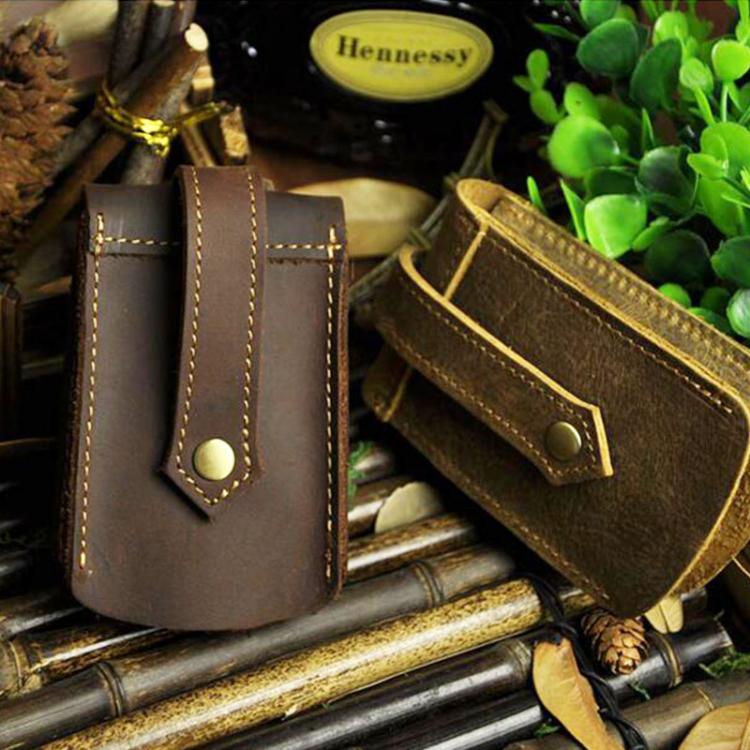

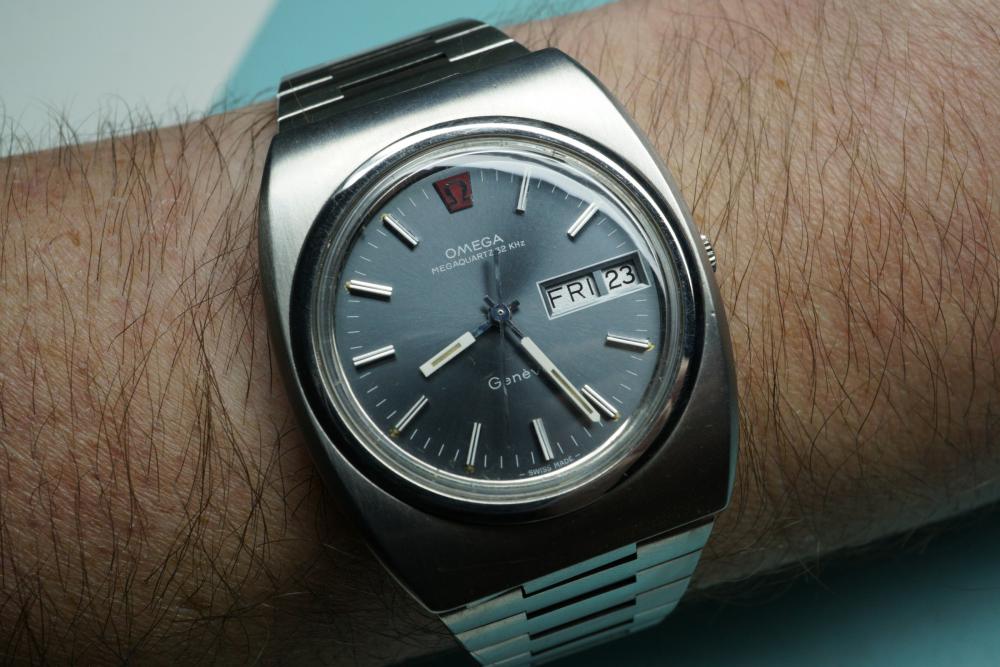
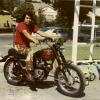
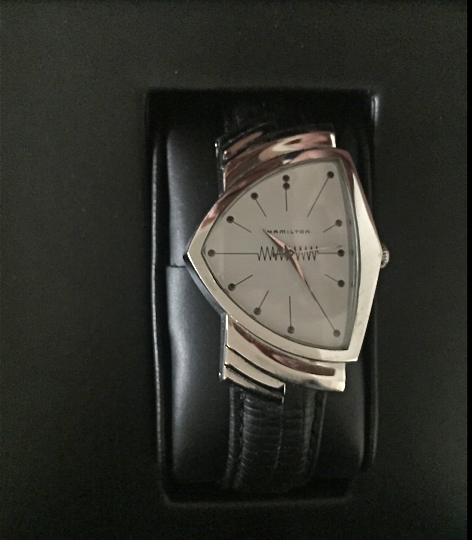
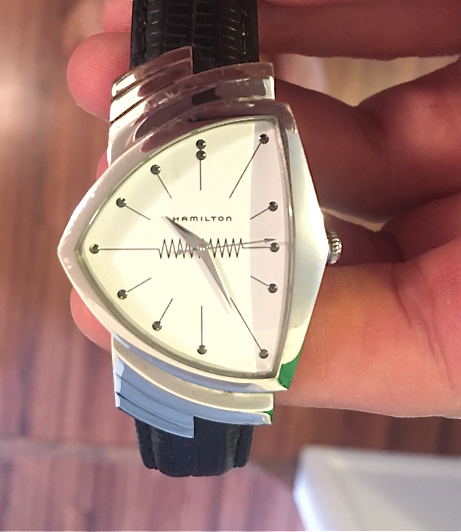
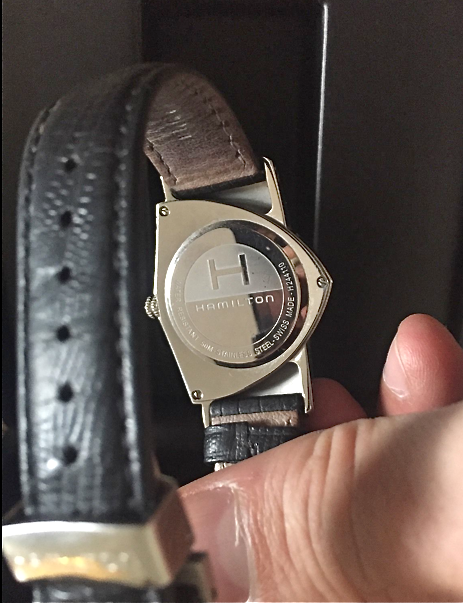
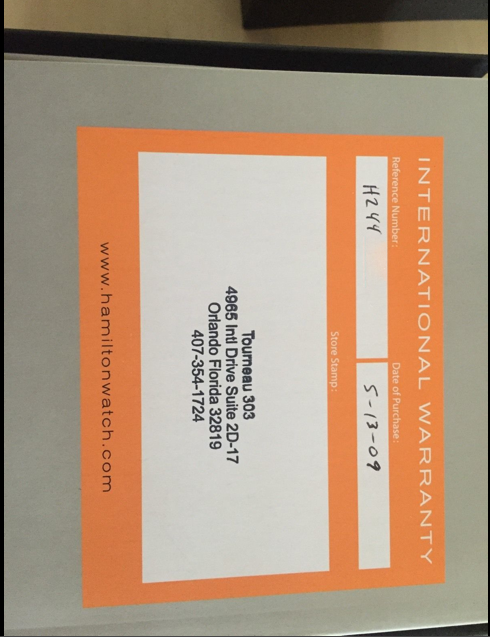


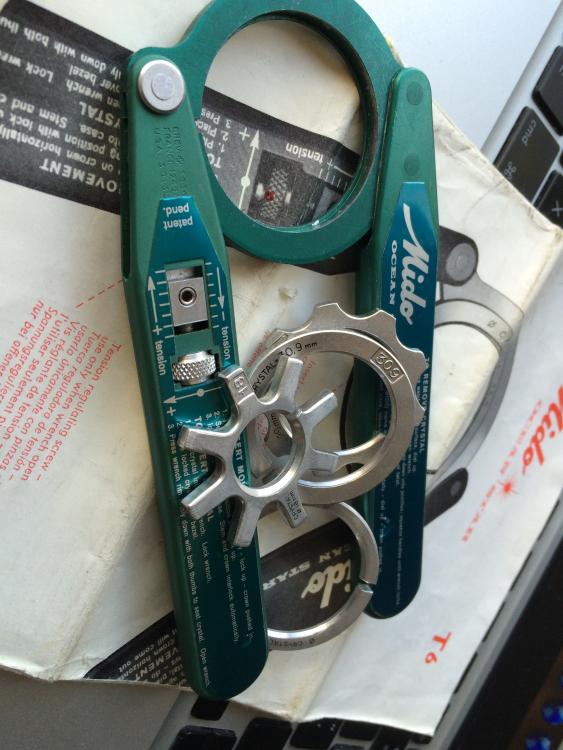

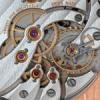

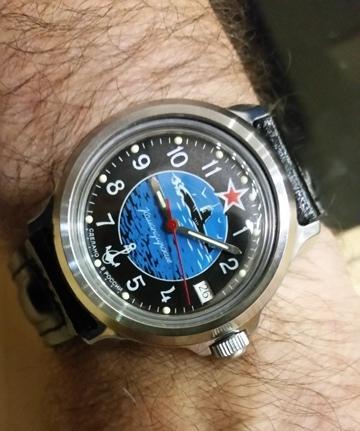
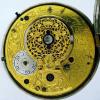
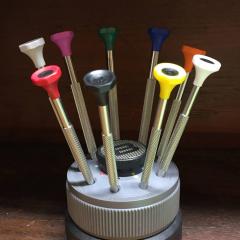
.jpg.6225a64433578a11e0218b27c20b13f5.thumb.jpg.d82b0cd1e370f3a3a59a06afa957d184.jpg)



